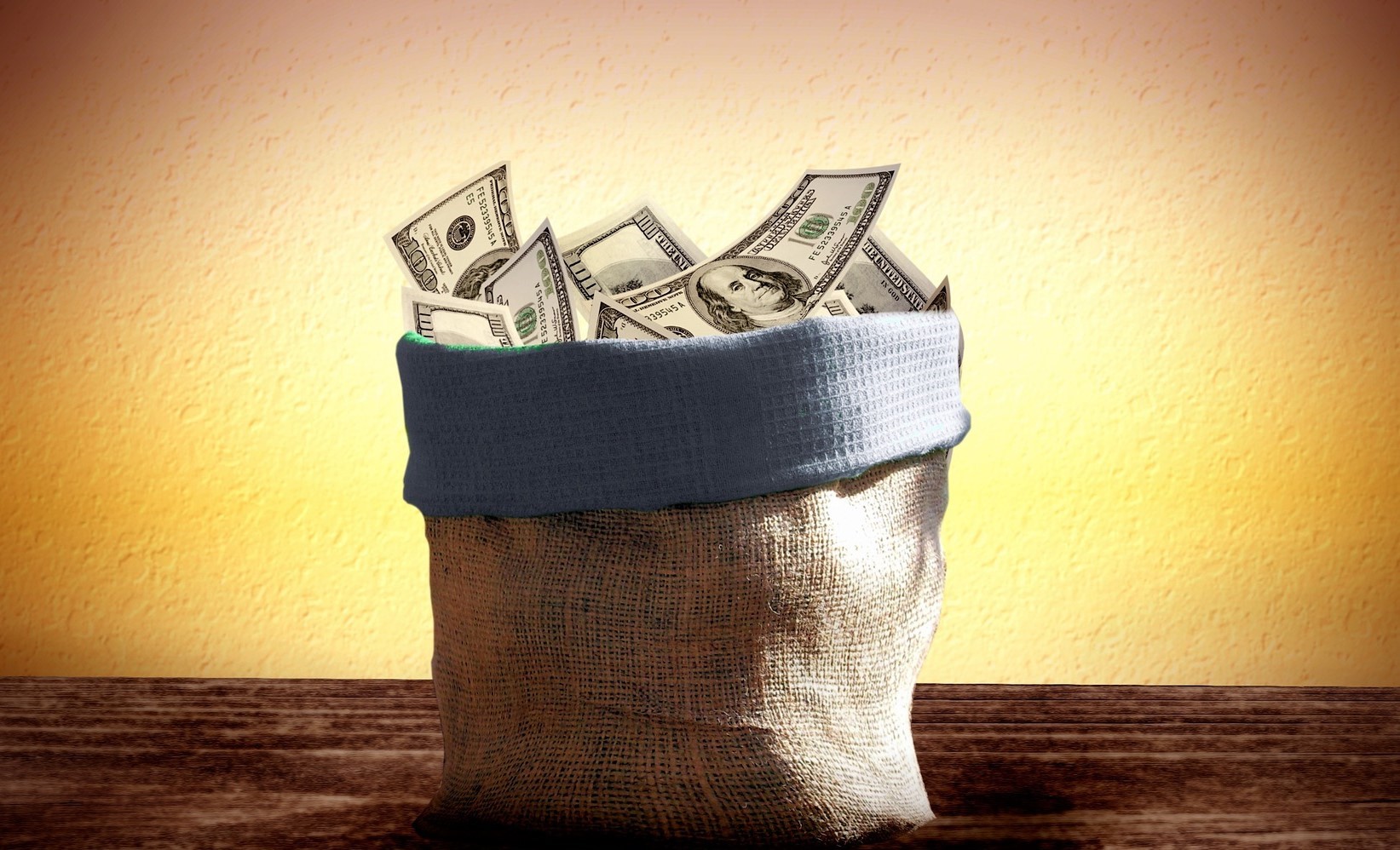A new analysis of Joe Biden’s tax plan by the nonpartisan Washington-based Tax Foundation has found that under the House Democrats’ plan, the U.S. would have an average corporate rate of 30.9 percent, which would be the third-highest corporate rate in the Organization for Economic Co-operation and Development (OECD), behind only Colombia and Portugal!
On Monday, Democrats on the House Ways and Means committee introduced reconciliation legislation that would raise as much as $2.9 trillion to finance President Biden’s “Build Back Better” agenda.
According to the foundation, “A centerpiece of the House Democrats’ plan is an increase in the corporate tax rate, from 21 percent to 26.5 percent. But most companies would face a rate north of 26.5 percent, given that most states also levy a corporate income tax.”
Companies in 21 states and D.C. would face a higher corporate tax rate than in any country in the OECD under the plan, where Portugal currently levies the highest tax rate of 31.5 percent. New Jersey would see the highest combined federal-state corporate tax rate of nearly 35 percent.
The foundation points out that “The corporate income tax is among the most economically harmful ways to raise government revenue. Higher corporate taxes reduce output, productivity, and wages in the long run, while making the United States less competitive.”
“The plan also proposes raising the long-term capital gains tax rate to 25 percent and applying a new 3 percentage point surcharge on all income above $5 million of modified adjusted gross income. When including the net investment income tax of 3.8 percent under current law, the top marginal capital gains tax rate would reach 31.8 percent at the federal level.”
According to the foundation’s analysis, seven states and D.C. would face combined top marginal capital gains tax rates of more than 40 percent, nearing the top rate among OECD countries, currently levied by Denmark at 42 percent.
The foundation concludes:
A high combined capital gains tax rate would influence when taxpayers decide to
sell assets and realize the gain. If the effect is large enough, federal revenue from
capital gains income would decline as taxpayers decide to avoid realizing gains
and the higher tax rate.
The type of tax used to finance government spending matters. Selecting less
damaging revenue sources and avoiding dramatic tax increases will contribute to
a successful U.S. economic recovery.
The corporate income tax is the most harmful tax for economic growth because
capital is the most mobile factor in the economy and, thus, most sensitive to
high tax rates. Academic research indicates that workers bear at least half of the
economic burden of the corporate tax through reduced wages, especially for
“the low-skilled, women, and young workers.”
Source: https://taxfoundation.org/house-democrats-corporate-income-tax-rates






